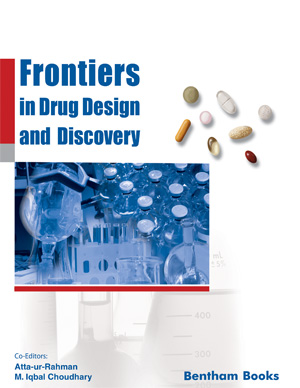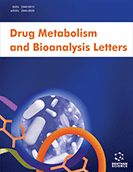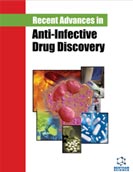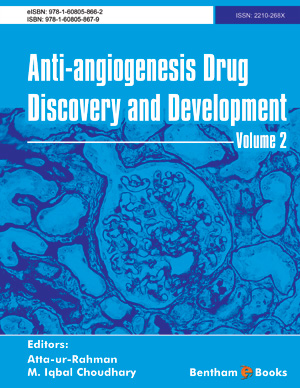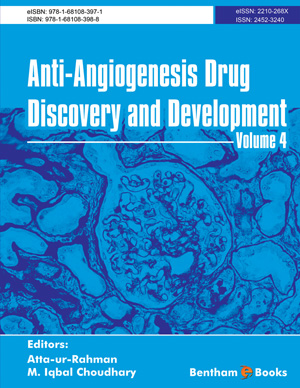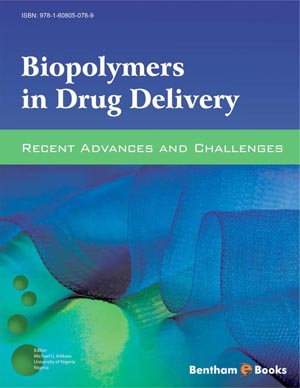Abstract
Allium cepa (A. cepa) or onion is an important condiment plant consumed
worldwide. The plant and its constituents, such as quercetin (Qt), thiosulphinates, and
phenolic acids, show various pharmacological and therapeutic effects, including the
effects on respiratory disorders. In this chapter, various pharmacological and
therapeutic effects of A. cepa and its constituents on respiratory disorders are reviewed.
Using keywords such as onion, A. cepa, A. cepa constituents, therapeutic effects,
pharmacological effects, and respiratory disorders in different online databases were
searched until the end of July 2020. A. cepa showed a significant relaxant effect in
tracheal smooth muscle (TSM) comparable to the effect of theophylline, indicating the
bronchodilatory or reliving effect on obstructive pulmonary diseases. The possible
mechanisms of this effect were reported as β2-adrenergic stimulatory and/or calcium
channel blockade. The plant and its constituents also demonstrated a preventive effect
on inflammatory respiratory diseases by improving lung pathological changes and
tracheal responsiveness in various lung diseases. The possible effect of preventive
effects of onion and its constituents on lung disorders is their inhibitory effects on
inflammatory cells, inflammatory mediators, cytokines, cyclooxygenase and
lipoxygenase activity, and oxidative stress markers. Therefore, A. cepa, and its
constituents could be of therapeutic value in treating respiratory disorders both through
reliving and prevention of lung diseases.Keywords: Allium cepa, Onion, Pharmacological properties, Phenolic acids, Quercetin, Respiratory disorders, Therapeutic effects, Thiosulphinates.


